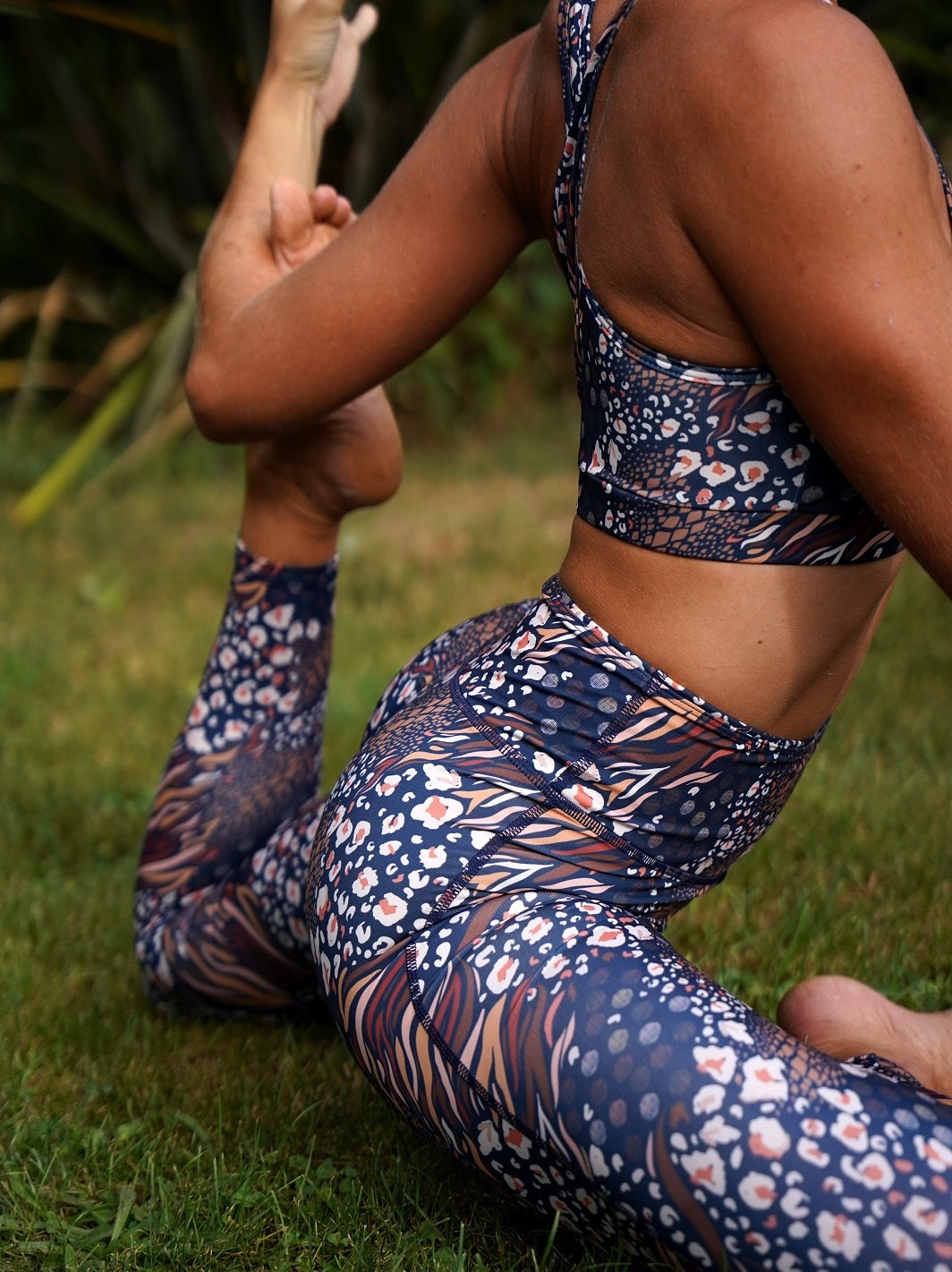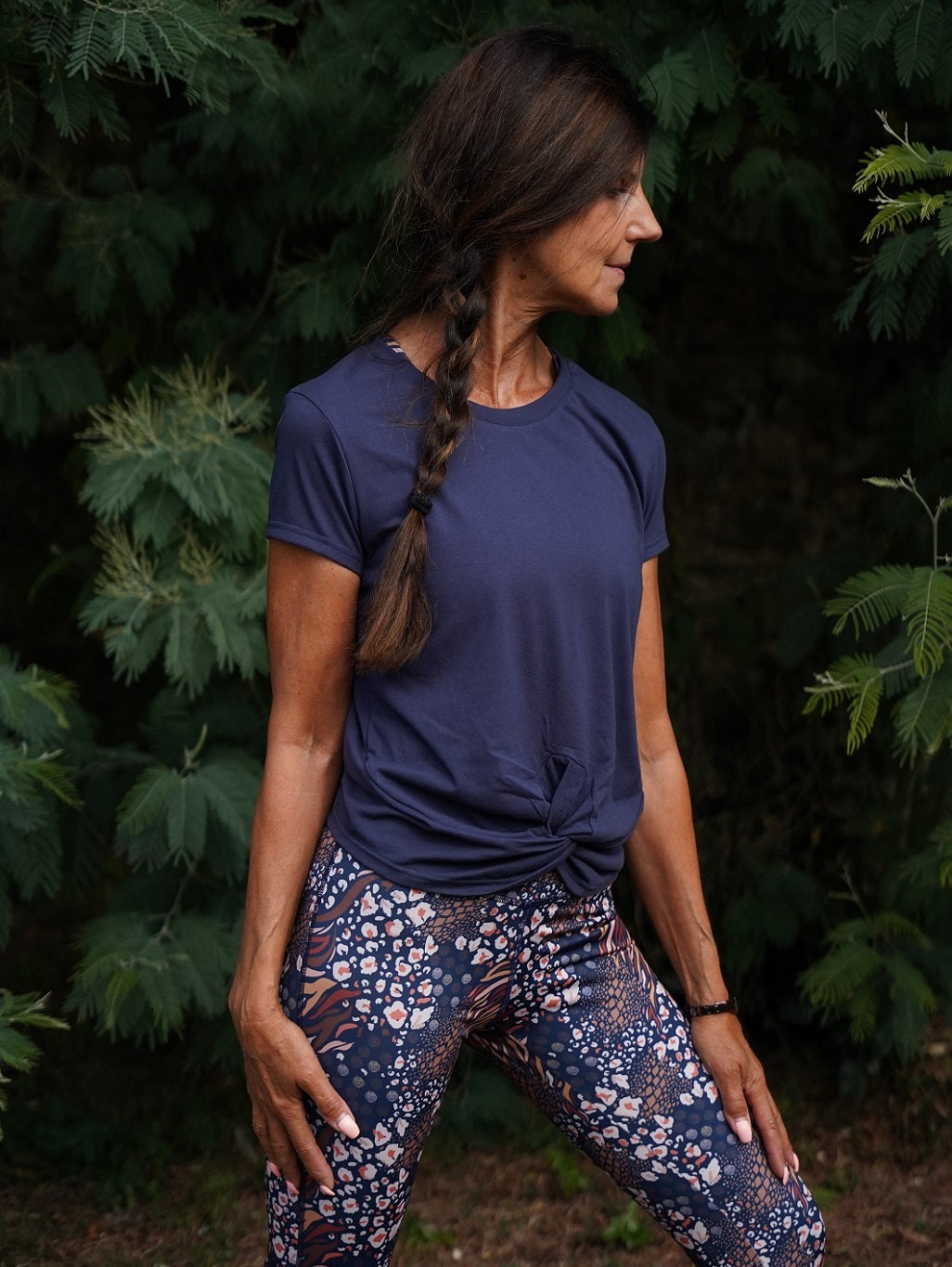Like two sides of the same coin, yoga and Ayurveda are closely linked.
But what are the points that bring them together or, on the contrary, that separate them?
What is the connection between these two practices, both originating in ancient India, which aim for well-being?

What is Ayurveda?
Ayurveda is the oldest system of traditional and holistic medicine. Its fundamental principle is to preserve our natural balance to keep a healthy mind in a healthy body, taking into account the specificities of each person (the doshas) and lifestyle (stress, sleep, diet, digestion, physical exercise, etc.). ).
Routines, hygiene and diet advice, massages and yoga exercises, all these tools are offered by Ayurveda with a good dose of common sense.
In short: Ayurveda heals the body and mind with the help of nature, according to each person's nature. And yoga is one of the Ayurvedic recommendations for a healthy life.

What is yoga?
The discipline of yoga, for its part, focuses more on the harmonization of body and soul through asanas, breathing exercises and meditation. In other words, yoga treats the mind through the body without being a medical system strictly speaking.

What unites the two philosophies of yoga and Ayurveda
Several points in common bring the two disciplines together:
- Their holistic approach which takes the individual as a whole (their background, background, emotions, environment)
- Fluidifying and stimulating the vital energy that is prana is a key element of yoga and Ayurveda.
- The principle of non-violence (ahimsa) towards oneself and others governs both sciences.

Combined together, yoga and Ayurveda have the ability to increase the effects of each and that’s where the magic happens…
The benefits of yoga as part of an Ayurvedic lifestyle
Practicing yoga when you already follow the precepts of Ayurveda brings a new spiritual dimension. By being more aware of ourselves, we will be better able to detect and understand our imbalances. The breathing exercises or pranayama performed during a yoga session help circulate the vital energy that is prana and have an impact on the biological humors of Ayurveda called “doshas”. There are many good reasons to practice yoga!
The benefits of Ayurveda for yoginis
Conversely, Ayurveda offers yoginis avenues of exploration for a healthier lifestyle aligned with the cycle of nature. But in addition to the dietary and hygiene advice provided by Ayurveda, it is the personalization of asanas according to its Ayurvedic constitution and the season of the year which offers yoga practitioners an exciting approach to the practice.
To know your Ayurvedic constitution, you can read our article on doshas here.
Then comes the big question: what type of yoga and what asanas to practice according to our Ayurvedic constitution?

You are Vata (air and ether)
To counter excess vata that results in a state of restlessness, take the time to perform yoga postures that anchor you and connect you to the earth.
Seated postures, inversions and backbends help regulate the nervous system. Incorporate into your practice the postures of the mountain, the tree, the chair, the plow without forgetting the warriors.
What type of yoga to practice: hatha yoga to benefit from the calm that comes from holding postures for longer, yin yoga to ground yourself in the present or nidra yoga, to let go.
You are Pitta (air and fire)
To counter excess pitta which results in overheating of the body and outbursts of anger, integrate into your practice postures which evacuate excess energy and bring calm, such as twists and lateral openings of the body. The stork, shoelace, sphinx and moon salutations postures gently stretch the body and stimulate the viscera.
What type of yoga to practice: vinyasa yoga for a flexible and creative practice or yin yoga for more calm.
You are Kapha (earth and water)
To counter the excess of kapha, especially present in winter and which keeps us in a lethargic state, focus on postures that warm and energize. Nothing like sun salutations, warrior poses, bridge, plank or boat to get rid of heaviness and slowness.
What type of yoga to practice? Discover our short guide here and choose the yoga that suits you best !
Want to practice yoga more often, maybe even every day? It's this way !
Discover here our eco-responsible yoga outfits made in France from recycled materials, perfectly suited to practicing all types of yoga!
And to not miss any news from Géopélie, subscribe to our newsletter here at the bottom of the page 👇 we only send a maximum of two per month!
Photo credits :
- alexandra tran
- andrea leon
- awaken live
- happy pixie





Leave a comment